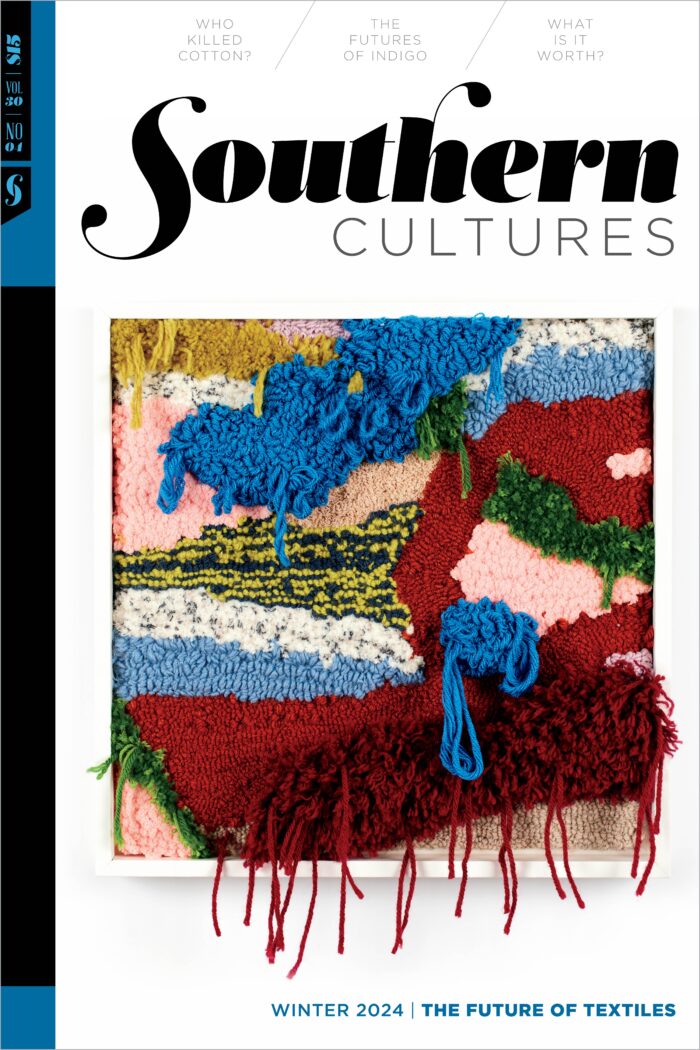“The Loray had been in operation for almost a century, changing its products and expanding or retrofitting its buildings to meet the evolving demands of the southern textile industry.”
In 1993, Bill Passmore started taking photographs of his coworkers at the Firestone plant, formerly called the Loray, in Gastonia, North Carolina. He cataloged the spaces and tasks of what had once been among the largest textile mills in the country. The Loray had been in operation for almost a century, changing its products and expanding or retrofitting its buildings to meet the evolving demands of the southern textile industry. Passmore’s family had worked at the mill and lived in its workers’ housing for most of that time. As he entered the third decade of his employment there, Passmore created these intimate and imperfect portraits to capture a nuanced sense of the building and its many uses during its final days of operation. Within a few months, the Loray would become the latest to join the ranks of the deindustrialized and abandoned mill complexes in the Piedmont textile belt of the US South.

